Iridescent corydoras - Corydoras rabauti
Scientific name: Corydoras rabauti
Common name: Iridescent corydoras
Family: Callichthyidae
Usual size in fish tanks: 5 - 6 cm (1.97 - 2.36 inch)
014
Recommended pH range: 6 - 8
Recommended water hardness: 4 - 20°N (71.43 - 357.14ppm)
0°C 32°F30°C 86°F
Recommended temperature range: 22 - 27 °C (71.6 - 80.6°F)
The way how these fish reproduce: Spawning
Where the species comes from: South America
Temperament to its own species: peaceful
Temperament toward other fish species: peaceful
Usual place in the tank: Bottom levels
Introduction
Corydoras rabauti, commonly known as the Iridescent Corydoras, is a peaceful bottom-dwelling species native to the rivers and tributaries of Brazil in South America. Their gentle temperament, attractive metallic sheen, and suitability for community tanks make them a popular choice among aquarists. While many specimens are wild-caught, their unique appearance and behavior make them worth the investment for enthusiasts.
Food and Feeding
Iridescent Corydoras are omnivorous and thrive on a varied diet. Provide high-quality flake or sinking pellet food as their staple diet. Supplement this with algae wafers to support their health. Once or twice a week, offer live or frozen treats such as bloodworms or brine shrimp, which they will eagerly consume. Feeding in the evening ensures they have access to food without competition from more active tank mates.
Habitat and Tank Requirements
To replicate their natural environment, use a sandy substrate to protect their delicate barbels. Include plenty of hiding spots such as driftwood, rocks, and dense plant cover with species like Amazon Swords (Echinodorus bleheri) and Java Fern (Microsorum pteropus). Maintain water parameters within a pH range of 6-8, hardness of 4-20°N (71.43-357.14 ppm), and a temperature between 22-27°C (71.6-80.6°F). Regular water changes and a gentle current are essential to mimic their natural habitat and ensure optimal health.
Sexing
Sexing Corydoras rabauti is relatively straightforward. Females are noticeably wider when viewed from above, particularly during the breeding season when they are carrying eggs.
Breeding
Breeding Corydoras rabauti follows the typical procedure for Corydoras species. To encourage spawning, perform regular water changes with cooler water to simulate seasonal rains. The female lays approximately 100 eggs, which are scattered on plants, substrate, or tank glass. The eggs typically hatch within 3-4 days. Once the fry become free-swimming, feed them with Infusoria or newly hatched brine shrimp. As they grow, crushed flake food can be introduced gradually.
Lifespan
The expected lifespan of Iridescent Corydoras is 3-5 years when provided with proper care and a stable environment.
Behavior and Compatibility
Like other Corydoras species, Iridescent Corydoras are peaceful, social fish that thrive in groups of at least five. Their calm demeanor makes them ideal companions for non-aggressive species such as Neon Tetras (Paracheirodon innesi), Harlequin Rasboras (Trigonostigma heteromorpha), and Otocinclus Catfish (Otocinclus affinis). They can also coexist with peaceful cichlids, such as Angelfish (Pterophyllum scalare) or Apistogramma species. Avoid keeping them with aggressive or overly boisterous fish, as this can cause stress and limit their natural activity.
Short Description
Corydoras rabauti, or Iridescent Corydoras, is a beautiful and peaceful bottom-dweller that adds charm and activity to community aquariums. Their metallic sheen and social nature make them a joy to observe in groups. Providing a well-planted, calm environment with soft substrates will ensure they thrive in captivity. As many are wild-caught, they may come at a higher price, but their unique appearance makes them a worthwhile addition to any aquarium.
Pictures
Bought by aqua-fish.net from jjphoto.dk.
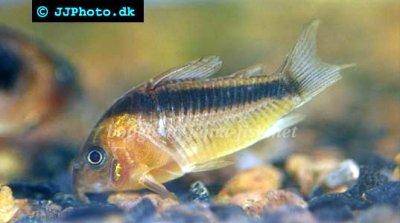



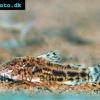 Aspidoras
Aspidoras 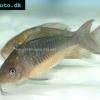 Giant
Giant 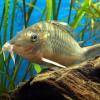 Hognosed
Hognosed 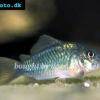 Emerald
Emerald 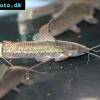 Cascarudo
Cascarudo 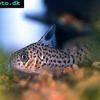 Acre
Acre 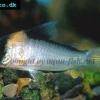 Adolfo’s
Adolfo’s 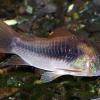 Bronze
Bronze 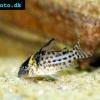 Agassizii’s
Agassizii’s 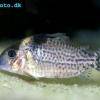 Spotted
Spotted 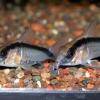 Skunk
Skunk 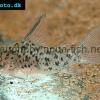 Corydoras
Corydoras 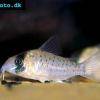 Fairy
Fairy 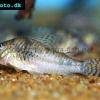 Corydoras
Corydoras 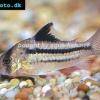 Pink
Pink 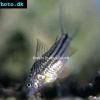 San
San 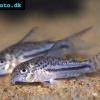 Bond’s
Bond’s  Spotted
Spotted 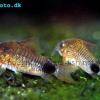 Tailspot
Tailspot 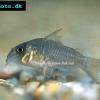 Concolor
Concolor 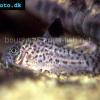 Cope’s
Cope’s 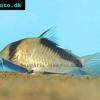 Sand’s
Sand’s 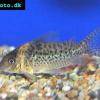 False
False 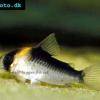 False
False 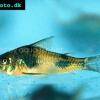 Ehrhardt’s
Ehrhardt’s 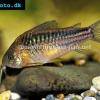 Elegant
Elegant 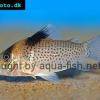 Saddle
Saddle 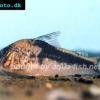 Fowler’s
Fowler’s 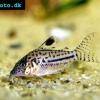 Gomezi
Gomezi 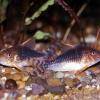 Palespotted
Palespotted 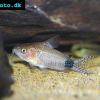 Guapore
Guapore 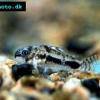 Dainty
Dainty 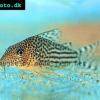 Mosaic
Mosaic 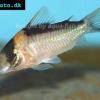 Imitator
Imitator 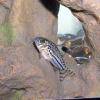 Julii
Julii 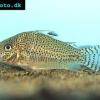 Leopard
Leopard 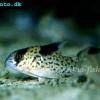 Black
Black 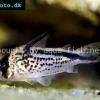 Slant-bar
Slant-bar 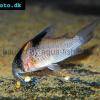 Bluespotted
Bluespotted 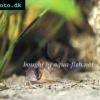 False
False 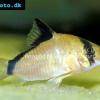 Bandit
Bandit 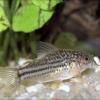 Mini
Mini 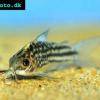 Napo
Napo 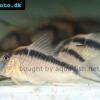 Corydoras
Corydoras 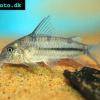 Blue
Blue 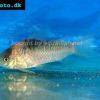 Nijssen’s
Nijssen’s 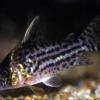 Ornate
Ornate 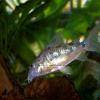 Peppered
Peppered 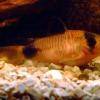 Panda
Panda 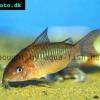 Albertini
Albertini 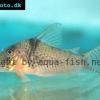 Pastaza
Pastaza 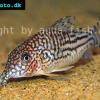 Corydoras
Corydoras 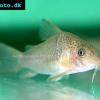 Many-spotted
Many-spotted 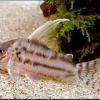 Pretty
Pretty 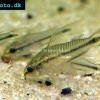 Dwarf
Dwarf 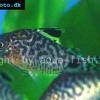 Reticulated
Reticulated 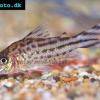 Bannertail
Bannertail 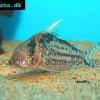 Robust
Robust 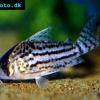 Schwartz’s
Schwartz’s 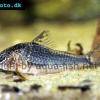 Black
Black 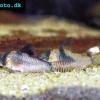 Longnosed
Longnosed 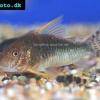 Seuss’
Seuss’ 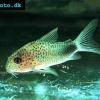 Smudge
Smudge 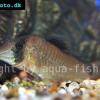 Masquerade
Masquerade 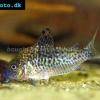 False
False 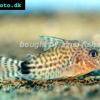 Millenium
Millenium 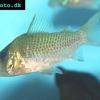 Pinkthroat
Pinkthroat 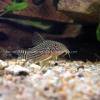 Sterba’s
Sterba’s 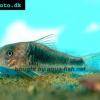 Longsnout
Longsnout 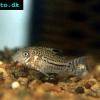 False
False 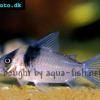 Miguelito
Miguelito 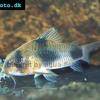 Twosaddle
Twosaddle 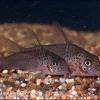 Xingu
Xingu 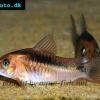 Black
Black 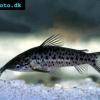 Porthole
Porthole 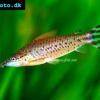 Flagtail
Flagtail 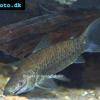 Brown
Brown 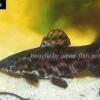 Spotted
Spotted